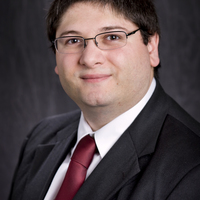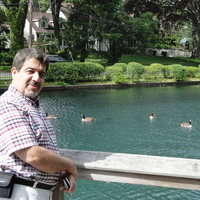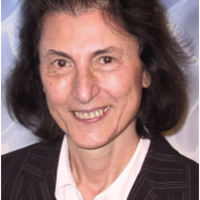
Alex Liberzon
Experimentalist, Addicted to turbulent flows, follows Phanta Rhei, somewhat too much spread over many fields involving fluids and experiments
less
Related Authors
Michele Barbato
University of California, Davis
Julian D Reynolds
Trinity College Dublin
Prof. Saeid Eslamian
Isfahan University of Technology
David Pierre Leibovitz
Carleton University
Esteban Ferrer
Universidad Politécnica de Madrid
Estela Blaisten-Barojas
George Mason University
Mohd Ridza
Universiti Teknologi Malaysia - UTM
Hai-Yao DENG
The University of Manchester
Francisco E. Fonturbel
Pontificia Universidad Catolica de Valparaiso
Carlo Santulli
Università degli studi di Camerino UNICAM
InterestsView All (33)










Uploads
Papers by Alex Liberzon
In this manuscript, we present a numerical study that examines the impact of AS and valve replacement on the coronary perfusion during rest conditions. The study compares the hemodynamics of five different 2D numerical models: a baseline “healthy valve” case, two AS cases and two TAVI cases. The analysis used time-dependent computational fluid-structure interaction (FSI) simulations of the blood flow in the aortic root including the dynamics of the flexible passive valve leaflets and the varying resistance of the coronary arteries.
Despite its simplifications, our 2D model succeeded to capture the major effects that dominant the blood hemodynamics in the aortic root, and to explain the hemodynamic effect that leads to the changes in coronary flow found in other in-vitro and clinical studies. It provides an important insight and emphasizes the need for more comprehensive studies on coronary's hemodynamics after valve replacement. There are numerous variations of TAVI designs and it is very difficult and time consuming to cover all the possible models using complex 3D models. The use of a simple 2D model with FSI and varying coronary resistance can be of great help to demonstrate the main features of the design.